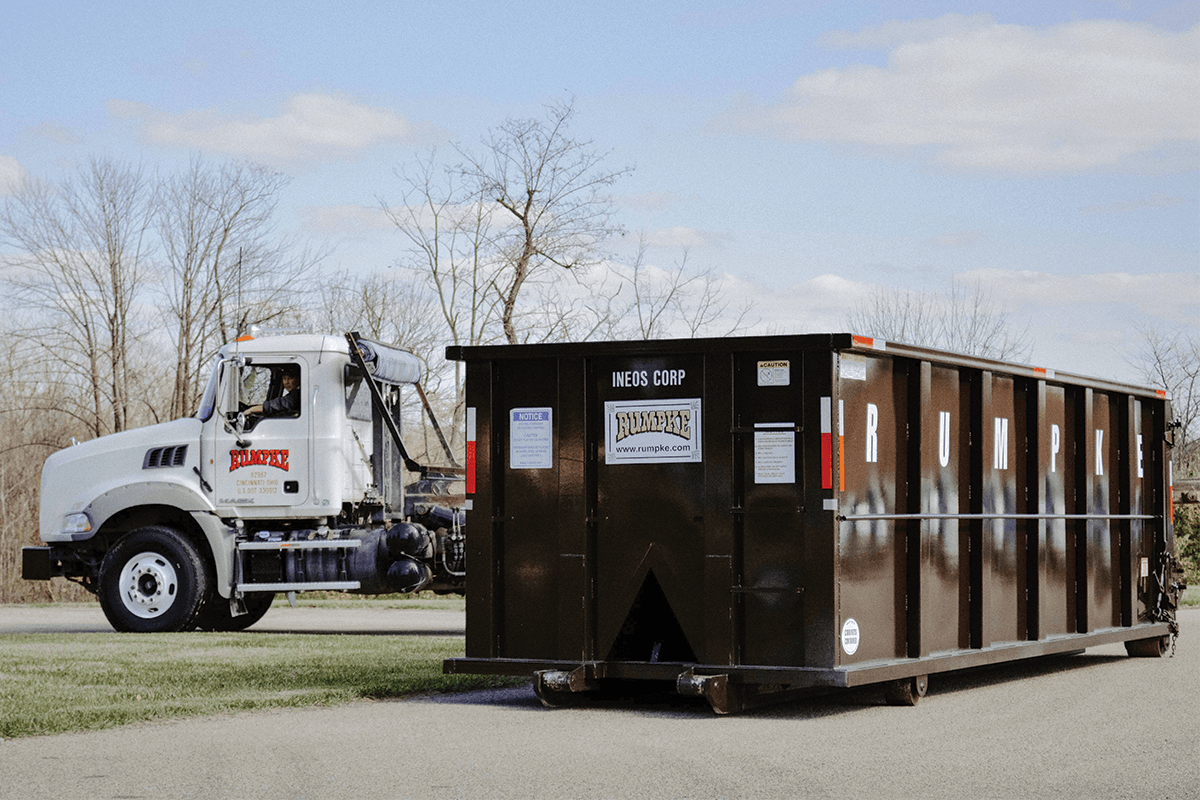Your roof is one of the most important parts of your home, providing protection against weather, insulation, and structural support. Over time, even well-maintained roofs can wear out or sustain damage from storms, age, or environmental factors. Understanding the roof replacement process, the types of roofing materials available, and how to plan for this essential maintenance can save homeowners time, money, and stress.

1. Signs You May Need a Roof Replacement
Not every roof requires immediate replacement, but there are key indicators that it may be time:
- Age of the Roof: Most asphalt shingle roofs last 20–25 years. Older roofs may need replacement even if they appear intact.
- Visible Damage: Missing, cracked, or curling shingles are signs of wear.
- Leaks and Water Damage: Water stains on ceilings or attic walls indicate that water is penetrating the roof.
- Sagging or Structural Issues: A sagging roof deck may indicate weakened structural support that requires attention.
- Granule Loss: Asphalt shingles shed granules over time. Excessive granules in gutters can signal deterioration.
2. Common Roofing Materials in the U.S.
Choosing the right material is crucial for durability, aesthetics, and cost. Common roofing materials include:
- Asphalt Shingles: The most popular choice in the U.S. due to affordability, ease of installation, and reasonable lifespan.
- Metal Roofing: Durable and energy-efficient, metal roofs can last 40–70 years and reflect heat for improved energy savings.
- Wood Shingles and Shakes: Offer a natural look but require maintenance and are less fire-resistant.
- Clay or Concrete Tiles: Extremely durable and resistant to fire, but heavier and may require structural reinforcement.
- Slate: Very long-lasting and aesthetically appealing, though it is expensive and heavy.
3. Steps in the Roof Replacement Process
Replacing a roof involves several important steps:
- Inspection and Assessment: A professional roofer inspects the current roof to determine the extent of damage and suitability for replacement.
- Material Selection: Homeowners choose materials based on budget, climate, and design preferences.
- Obtaining Permits: Some local jurisdictions require permits for roof replacement to ensure safety standards are met.
- Removal of Old Roof: The existing roof is stripped down to the decking, and damaged sections are repaired.
- Installation of New Roof: New materials are installed, including underlayment, flashing, and shingles or panels.
- Final Inspection and Cleanup: The roofer ensures the work is properly completed, and debris is removed from the property.

4. Costs and Considerations
Roof replacement can be a significant investment. Factors affecting cost include roof size, material type, labor rates, and complexity of the roof design. On average, asphalt shingle roof replacements in the U.S. range from $5,000 to $10,000 for an average-sized home, while premium materials like slate or metal can cost tens of thousands.
Homeowners should also consider:
- Energy Efficiency: Certain materials reflect heat better and reduce cooling costs.
- Warranty: Reputable roofing companies offer warranties covering materials and workmanship.
- Insurance: Check if storm damage or other claims might cover part of the replacement cost.
5. Maintaining Your New Roof
Even after replacement, proper maintenance extends the lifespan of your roof:
- Regular Inspections: Check for damage after storms and inspect the roof at least twice a year.
- Gutter Cleaning: Prevent water buildup by keeping gutters clear of leaves and debris.
- Addressing Minor Issues: Promptly repair small leaks or loose shingles before they become major problems.
- Tree Maintenance: Trim overhanging branches that could damage shingles or deposit debris.

Conclusion
A roof replacement is a major home improvement project, but it is essential for protecting your home and family. By understanding the signs of deterioration, selecting the right materials, and maintaining the new roof properly, homeowners can ensure a safe, durable, and aesthetically pleasing roof for years to come. Proper planning and professional guidance make the process smoother and provide long-term peace of mind.



